
Shanyan Koder is the founder of HUA gallery and Shanyan Koder Fine Art
From a very young age, art has been a fundamental part of Shanyan Koder’s life. Here, the founder of Shanyan Koder Fine Art and Hua gallery speaks to LUX Contributing Editor, Samantha Welsh, about how technology has changed the art world and her charitable efforts beyond art.
LUX: How did your upbringing give you an insight into art and collecting?
Shanyan Koder: My family instilled my passion in fine art. I grew up attending auctions with my parents at Sotheby’s and Christie’s and bid on works from the Impressionist and Modern art sales. It was very organic and natural.
LUX: What brought about the change of career plan?
SK: I graduated with a law degree from Cambridge, worked at Goldman Sachs, then moved to Sotheby’s in New York, London and Hong Kong. After several years, as I took a more prominent role in representing my family’s art collection, I decided to pursue my passion in fine art. After my time at Sotheby’s London, I left to set up my own private art advisory business, Shanyan Koder Fine Art and my Chinese contemporary art business HUA, a platform celebrating a combination of my Chinese heritage and my passion for contemporary art.
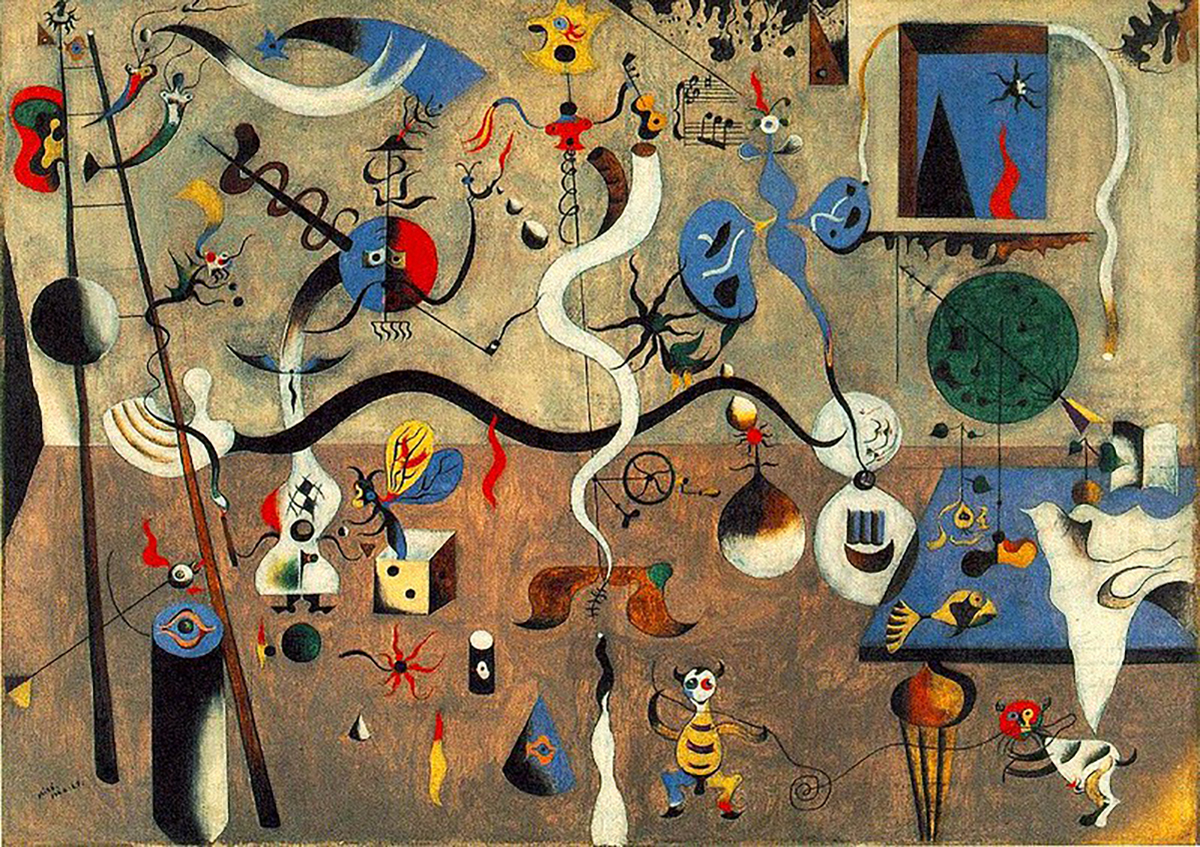
In collaboration with various artists, Mango is creating five digital artworks in NFT format based on five works including those of Miró
LUX: What helped you stand out as an authoritative collector and dealer in the crowded impressionist to contemporary space?
SK: I was fortunate to have been in the right place at the right time. Apart from my boss, Patti Wong, the Chairwoman of Sotheby’s Asia, I was the only other Chinese speaking employee in Sotheby’s on New Bond Street. I bid for telephone bidders from Asia who required translation, be it for a Mouton Rothschild wine collection, a Ron Arad design table, paintings by Monet, Miró, Picasso, Warhol or Lichtenstein. That was how I met Asian collectors who wanted to buy Impressionist, Modern and Contemporary art overseas.
LUX: What compelled you to seek advisory roles at Unit London and Eye of the Collector?
SK: I became a Board Member for Unit London becasue I found their business model ground-breaking in a traditional art world and I wanted to be involved in the journey of one of the art world pioneers of the digital age. Using social media to promote artists was a new concept and aligned with how I liked to work. My role at Eye of the Collector came about as Nazy Vassegh, the founder, is a long-time friend whom I knew from Sotheby’s and she invited me to join her Advisory Council. Their second edition launched in May 2022.
Follow LUX on Instagram: luxthemagazine
LUX: You were an early adopter of tech to facilitate China/Europe crossover collecting. How did you do this?
SK: In the 2000s, collectors shifted away from needing the see the original artwork before buying. That was the real break for me in the ability to adopt tech to facilitate China/Europe crossover collecting. My first sale completed on email was a Warhol. As social media began to take-off, I sold via platforms such as WhatsApp, WeChat, Instagram, and so on.

The most recent sale of a waterlilies artwork by Claude Monet was sold at Sotheby’s for $70.4 million in May 2021
LUX: What was behind your co-founding of Global Showcases?
SK: Global Showcases is a ‘by invitation only’ UHNW luxury app-based sales platform. My co-founders and I decided that there was a gap in the market for buyers and brands in the “beyond luxury” space. These are assets, collectibles and experiences, for instance, art, real estate, yachts and accessories, aircraft, performance cars, high jewellery, limited edition watches. This is going to be an interesting space as the crypto world continues to develop.
LUX: How did Artemis come about and why is this disruptive to the crypto industry from a sustainability perspective?
SK: Artemis Market is the world’s first decentralised NFT mobile social platform. It uses Solana as the crypto currency which is more sustainable from an environmental perspective. I was invited to be the first Brand Ambassador and was excited to accept. As the world continues to move towards crypto currency trading, NFTs are fast becoming a new asset class for collectors.

Shanyan hosted an art x fashion evening for Borne Charity in collaboration with the Unit London. Image courtesy of Shanyan Koder
LUX: How did entrepreneurship and social connection bring about your work with the NHS?
SK: I suffered the loss of three unborn babies during pregnancy and the grief, the spiritual, physical and mental impact are beyond words. As a result, I have supported Borne, a leading scientific research foundation in the field of preterm labour and premature birth. Via Borne, I met fellow Borne Ambassador, an ex-SAS military officer, Jason Fox, and his SAS friend Richard Bassett.
Read more: Durjoy Bangladesh Foundation: Bridging Global South And North
We discussed PTSD caused by mental trauma from losing a baby and from experiencing combat. This was the start of our partnership and co-founding Mentor360, your pocket mentor. This App launched on World Mental Health Day on October 2021. It is a safe space to help people focus on mental fitness, holistic wellbeing, mindfulness and performance. The content is produced by leading psychologists, health care professionals and mentors. We partner with the NHS in North and Central London as their recommended mental fitness app for NHS surgical patients on their waiting list. We aim to develop Mentor360 to help teenagers and young adults through the Education space.
LUX: How has your personal journey influenced what you want for the next generation?
SK: I want young people to be healthy, happy, pursuing their passion, growing up as global citizens. The pandemic reminds us of the value of family and the importance of giving children a happy childhood.
Find out more:
shanyankoder.com
hua-gallery.com

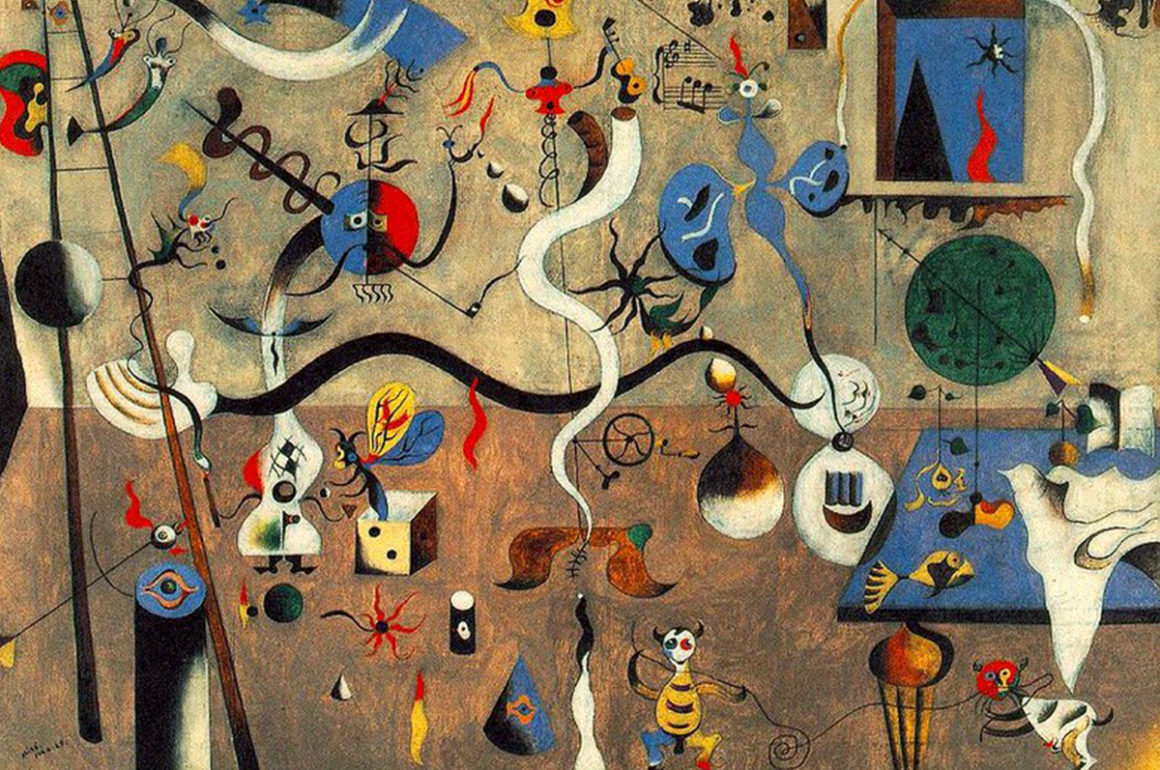
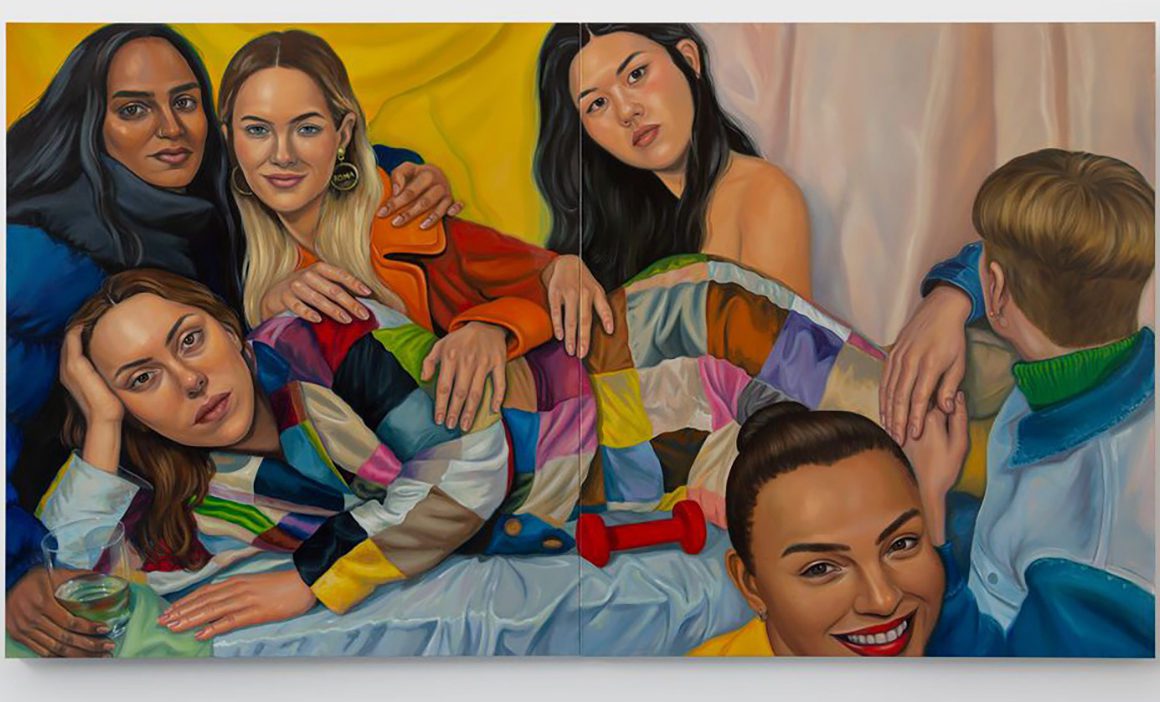
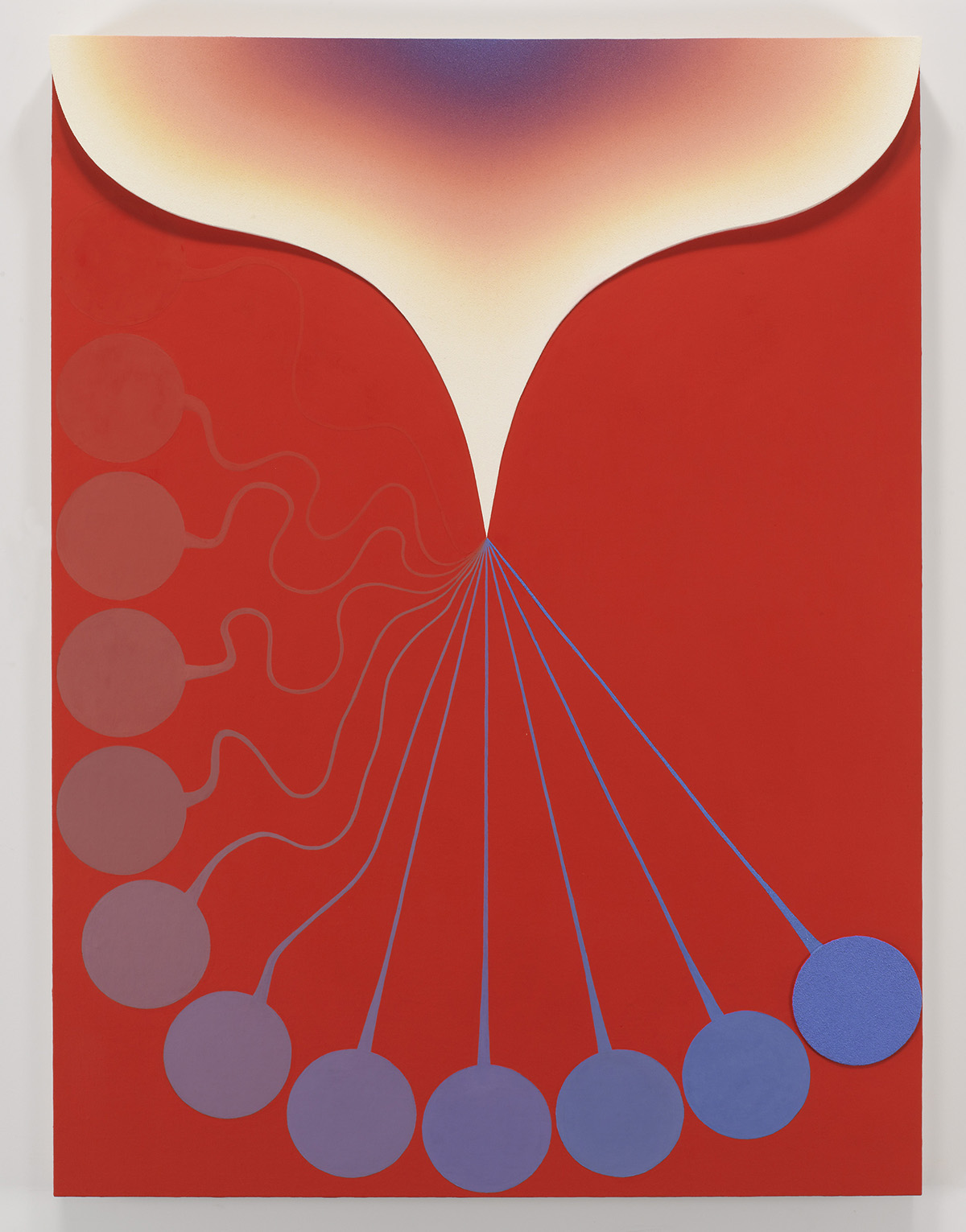
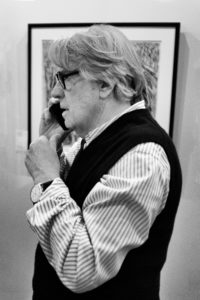
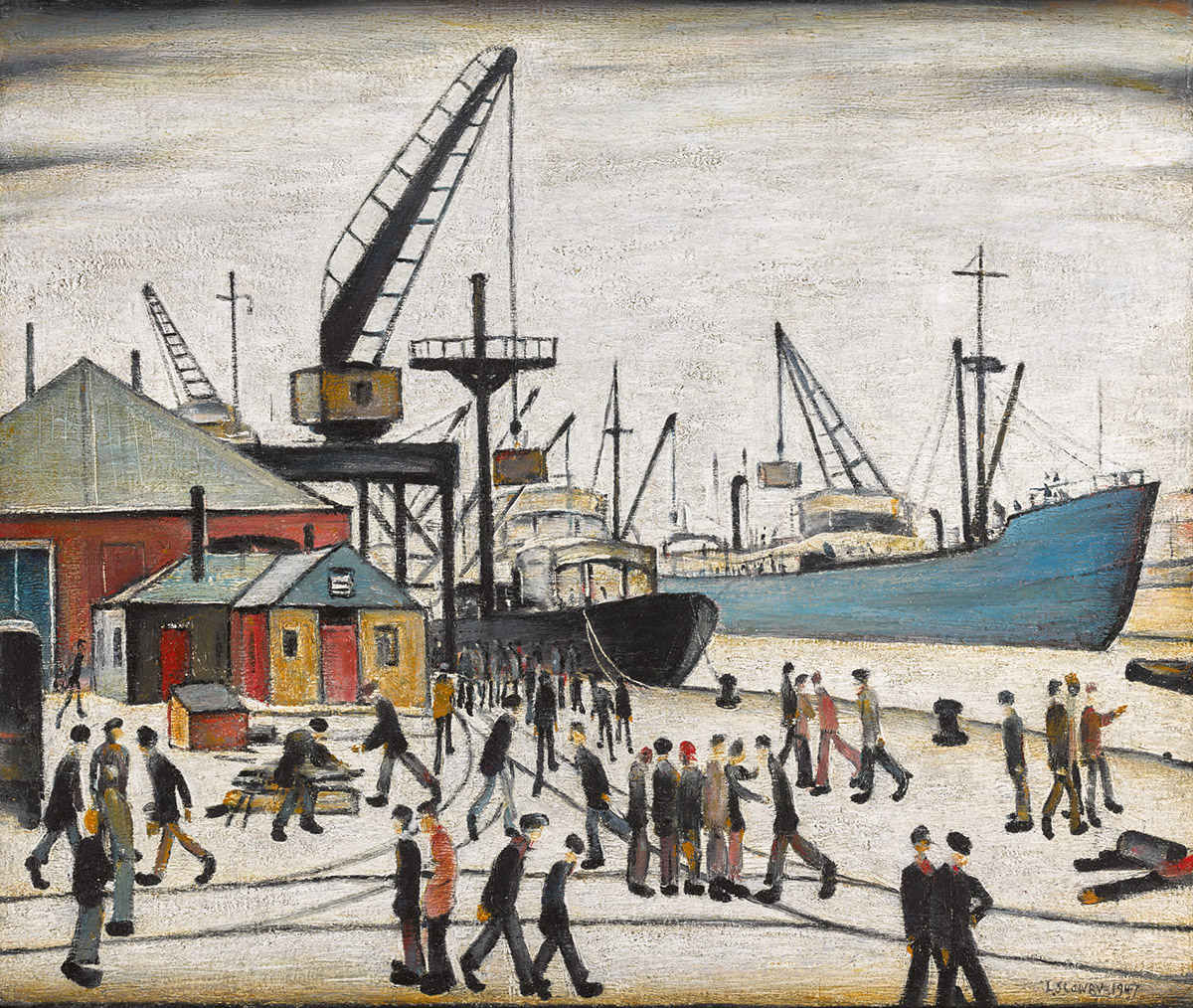
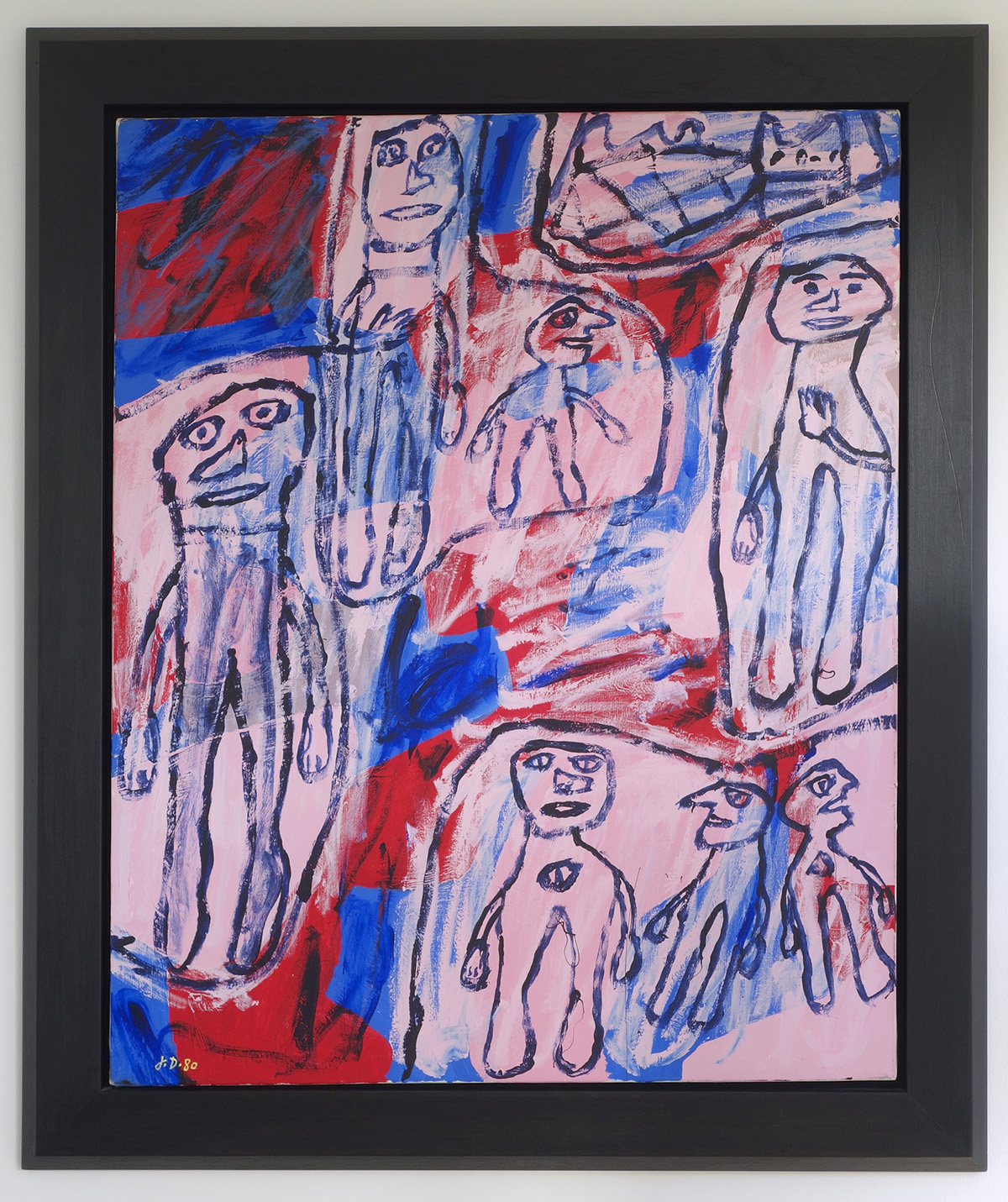
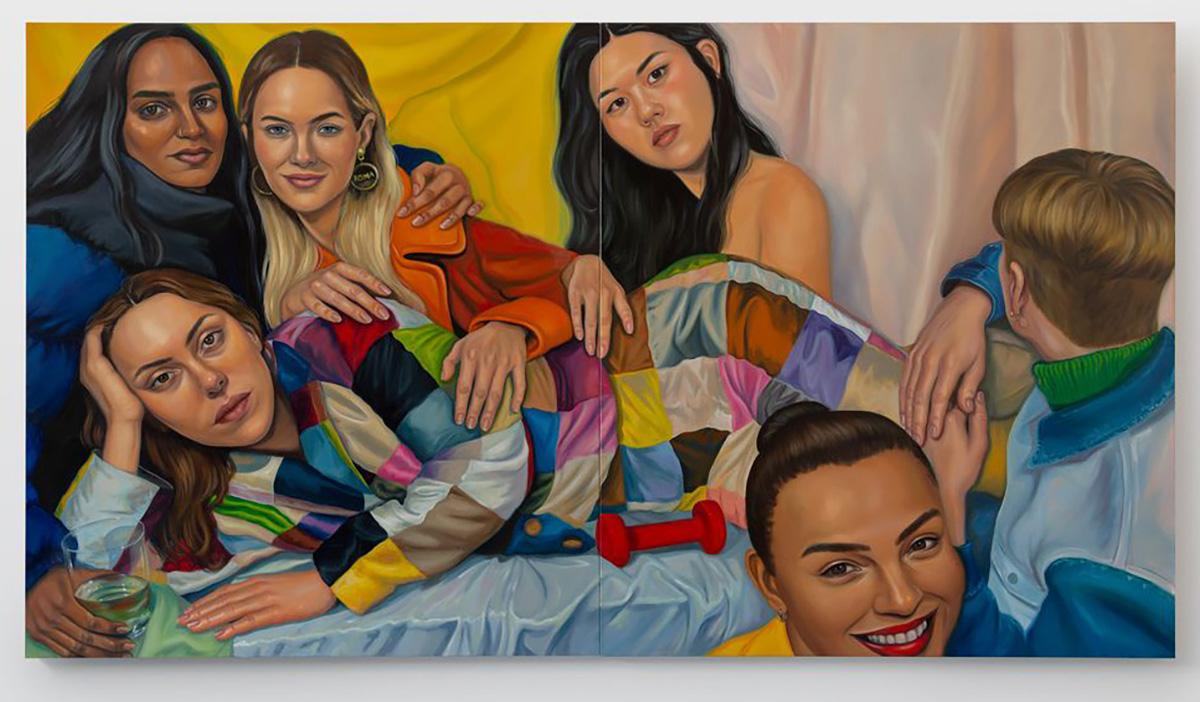
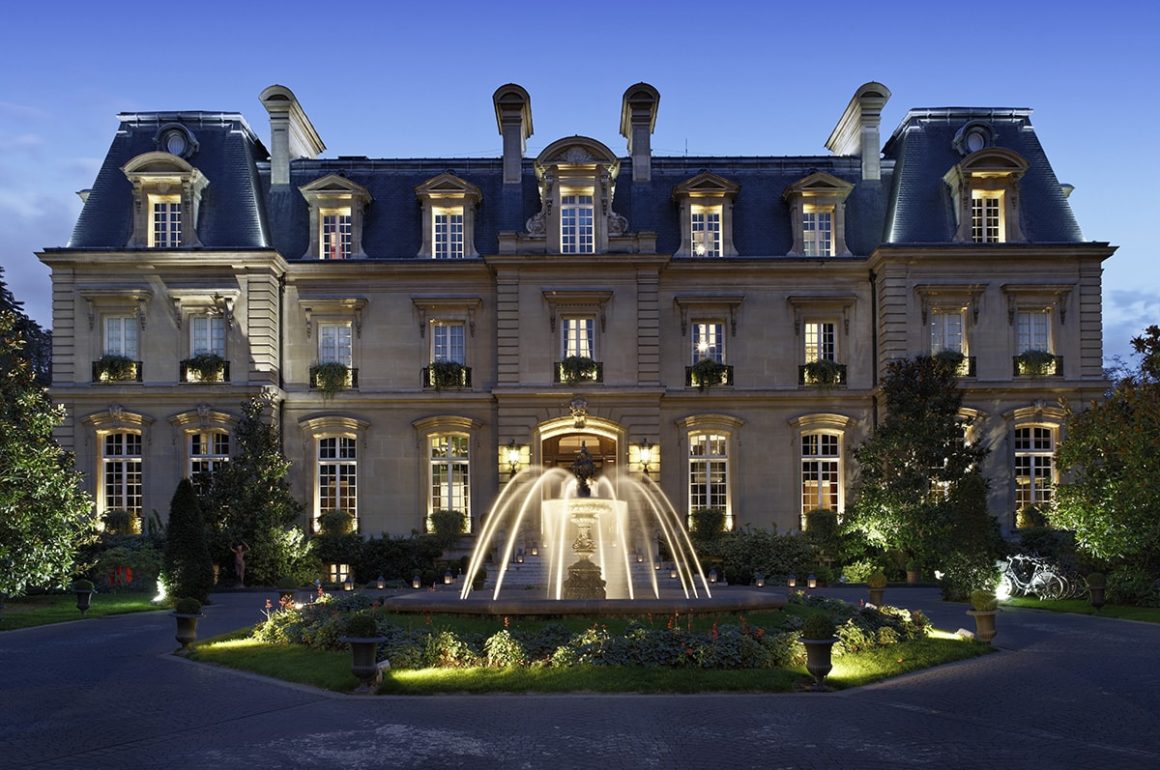
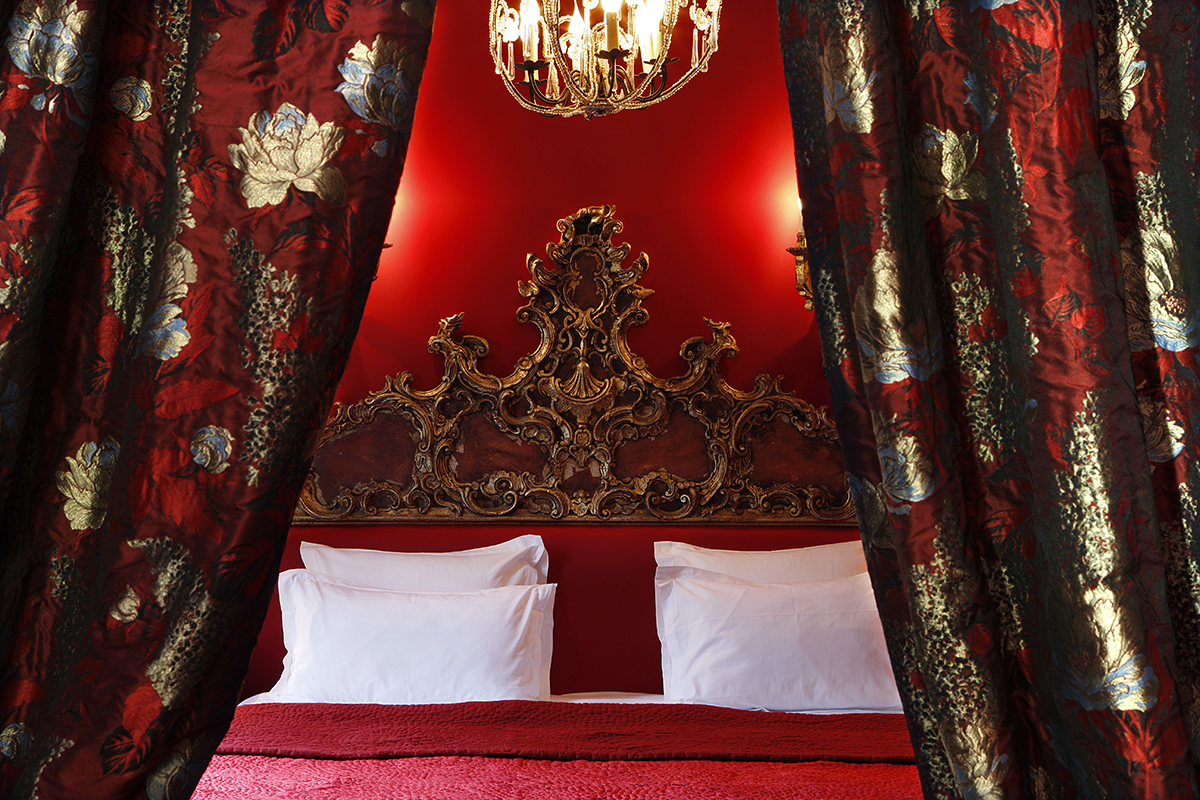
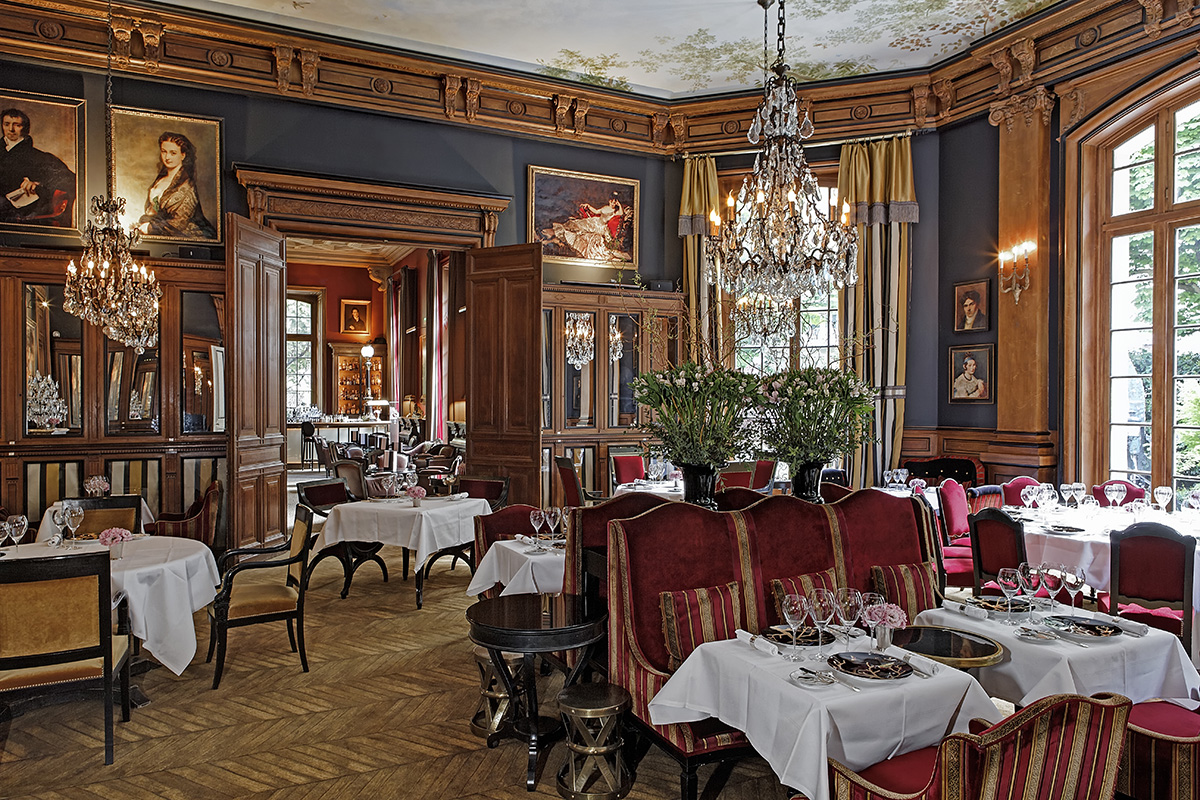







Recent Comments